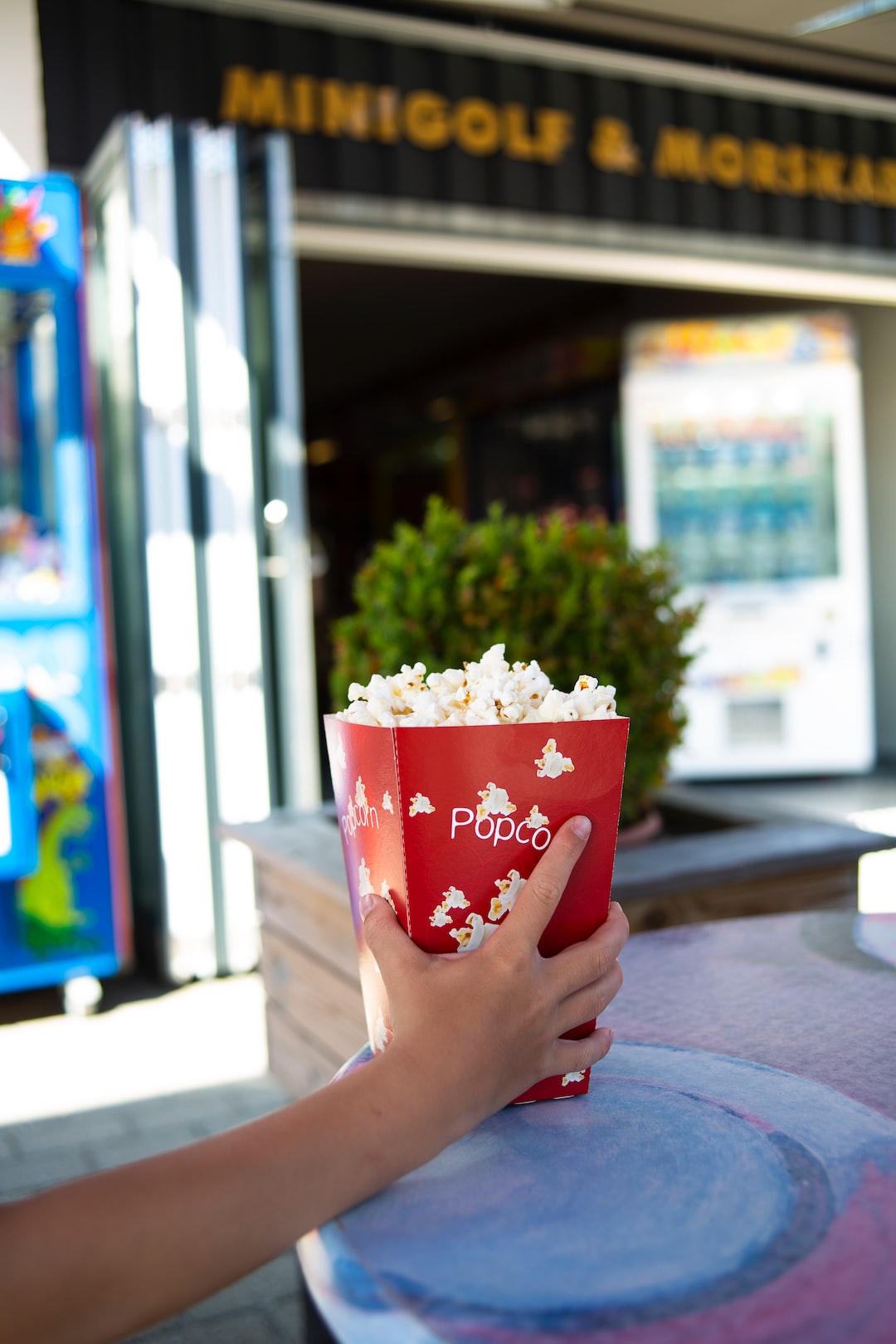From Script to Screen: Understanding the Process of Filmmaking
Movies have a profound effect on our lives. They entertain us, transport us to different worlds, and evoke a range of emotions. But have you ever wondered about the process behind bringing these stories to life? From the initial conception of an idea to the final product on the screen, filmmaking is a complex and collaborative process. In this blog post, we will delve into the various stages involved in the making of a film and gain a better understanding of the magic behind the scenes.
The first step in the filmmaking process is the development phase. This is where the idea for a film is born and shaped into a viable concept. Screenwriters, directors, and producers work together to develop the script, conduct market research, and create a business plan. Often, multiple drafts of the script are written and revised until the story, characters, and dialogue are finely crafted.
Once the script is finalized, the pre-production phase begins. This is where the logistical aspects of the film are planned out. The production team starts by creating a budget and securing funding for the project. They also scout locations, hire key crew members, and cast the actors. During this phase, storyboards and concept art are created to visually map out the scenes.
With the pre-production phase complete, it is time to move on to the production phase. This is where the actual shooting of the film takes place. The director, cinematographer, and other crew members collaborate to bring the script to life. Sets are built, costumes are created, and cameras start rolling. It is during this phase that the actors truly shine, as they bring their characters to life through their performances.
Once filming is complete, the post-production phase begins. This is where the raw footage is edited, visual effects are added, and sound design is created. The editor works closely with the director to shape the film’s narrative, pacing, and overall tone. Dialogue is mixed, music is composed, and color grading is done to create the desired atmosphere. This phase is often time-consuming and requires meticulous attention to detail.
Finally, after months or even years of hard work, the film is ready for distribution. The marketing and distribution phase involves creating a buzz around the film and securing distribution deals. Trailers, posters, and social media campaigns are created to generate interest among audiences. The film is then released in theaters, on streaming platforms, or through other distribution channels. The success of a film depends not only on its artistic merits but also on the marketing efforts put into promoting it.
Filmmaking is a truly collaborative process that involves a multitude of talented individuals. Directors provide the creative vision and guide the overall artistic direction of the film. Cinematographers use their expertise to capture visually stunning shots. Production designers create the physical world in which the film takes place. Costume designers craft the wardrobe that brings the characters to life. Editors shape the narrative and pacing of the film. Sound designers create the sonic landscape. And the list goes on.
As viewers, it’s easy to take for granted the incredible amount of work and coordination that goes into making a film. But understanding the process behind the scenes adds a whole new appreciation to the final product. Every decision, every shot, and every line of dialogue is carefully crafted and thought out. It is the culmination of the collective efforts of a passionate team of artists and technicians.
In conclusion, the process of filmmaking is a complex and intricate one. From the initial development of an idea to the final distribution of the film, each stage requires careful planning, coordination, and execution. Filmmaking is a unique blend of art and commerce, where creativity meets business savvy. The next time you watch a movie, take a moment to appreciate the hard work and dedication that went into bringing that story to life. It’s truly a testament to the power of collaboration and the magic of the movies.

